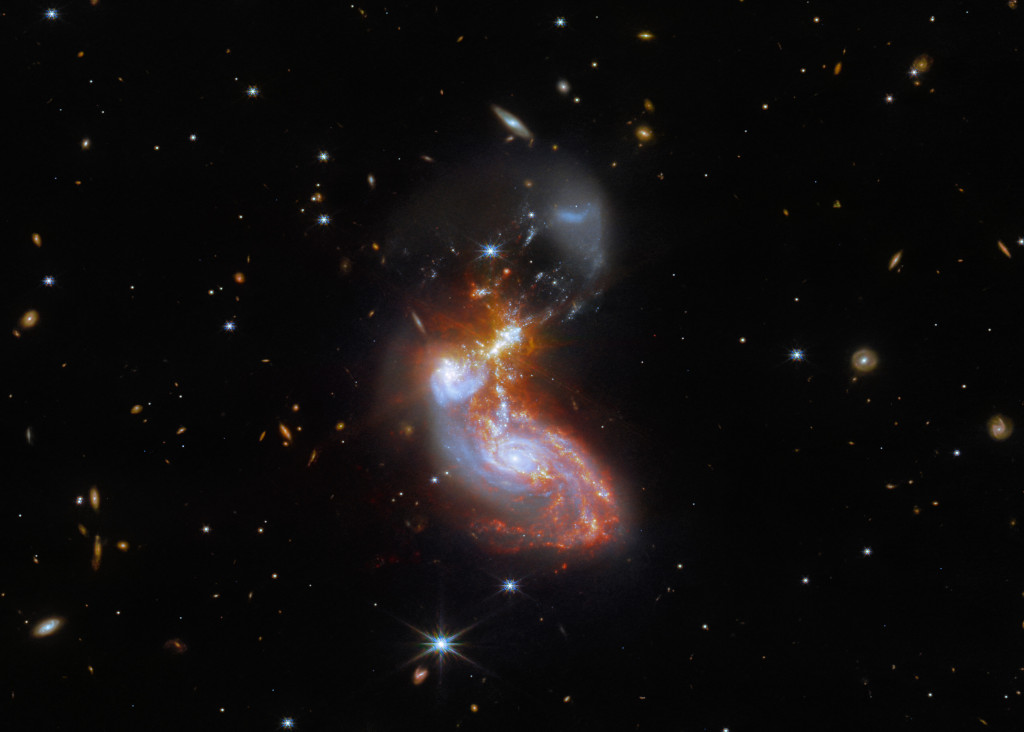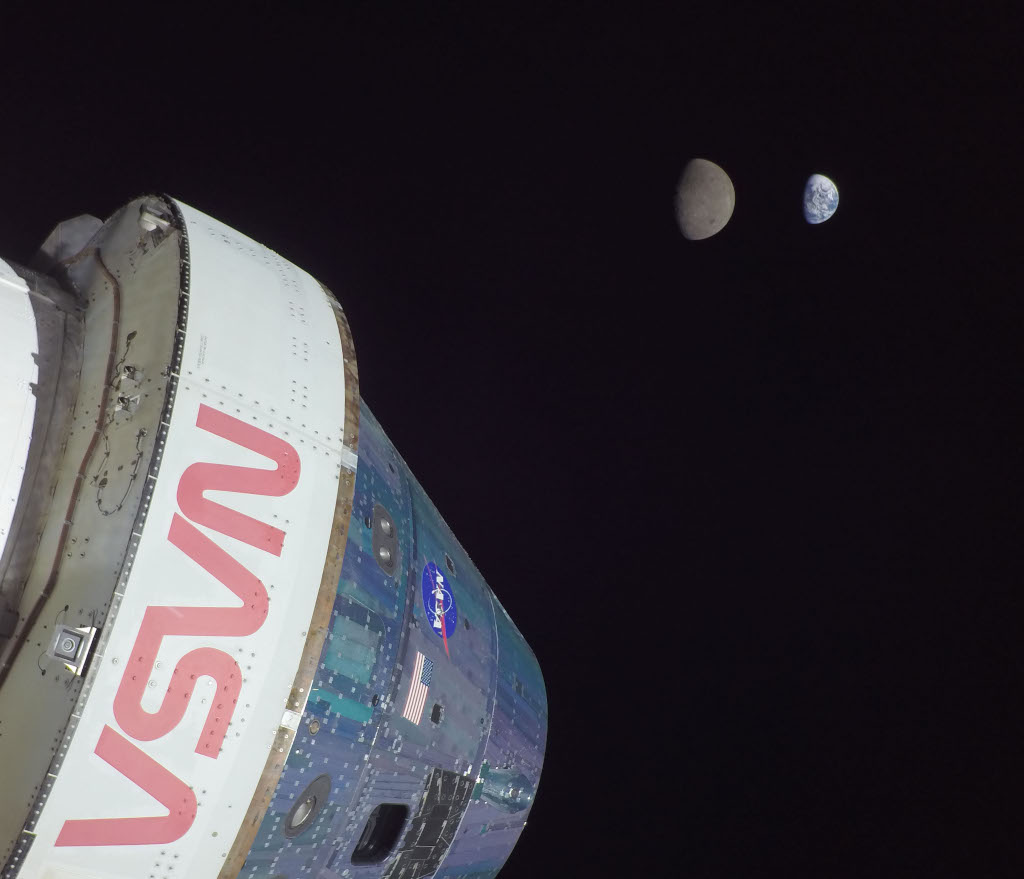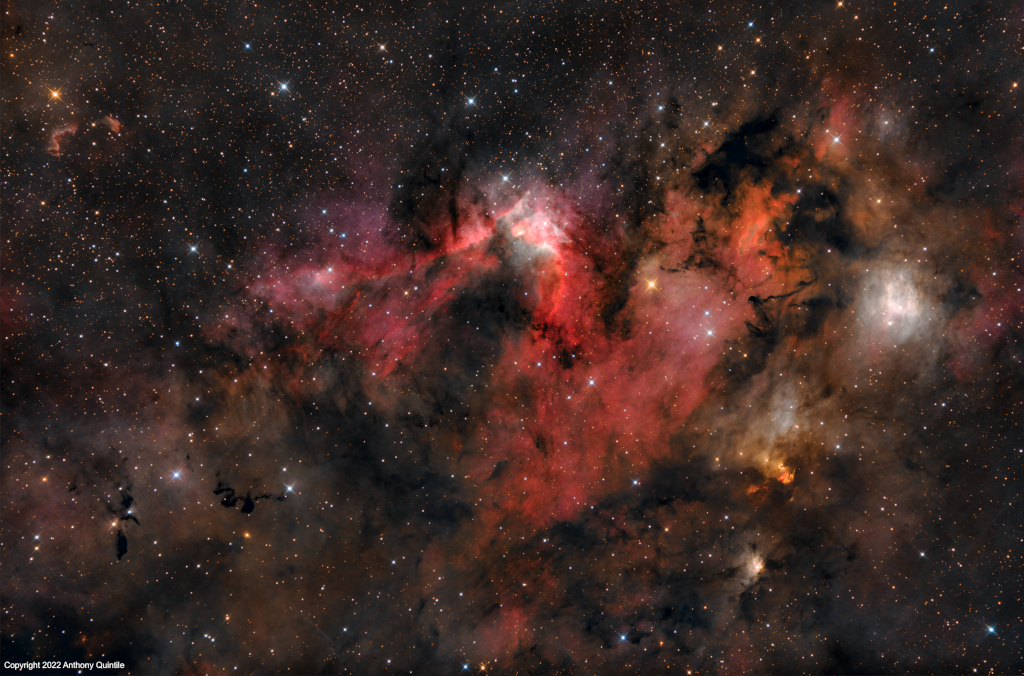
Merging Galaxy Pair IIZw096


NASA has awarded the Architect-Engineer Services Contract for Environmental Compliance and Restoration Services to Jacobs Engineering Group Inc. of Dallas, to provide environmental compliance, monitoring, and remediation services at the Santa Susana Field Laboratory (SSFL) located in Ventura County, California.
from NASA https://ift.tt/n2uvfMp
via IFTTT

Astronauts aboard the International Space Station will conduct a pair of U.S. spacewalks in December to install rollout solar arrays to increase electrical power in support of station operations and scientific research.
from NASA https://ift.tt/F60732o
via IFTTT

NASA Administrator Bill Nelson welcomed Vice President Kamala Harris and French President Emmanuel Macron to NASA Headquarters in Washington Wednesday.
from NASA https://ift.tt/1B7jtuI
via IFTTT

NASA shared a response Wednesday, Nov. 30, on an independent review board established to assess plans and goals for the next generation of Earth-observing satellites: NASA’s Earth System Observatory, a cutting edge suite of spacecraft that will forward understanding of our changing planet.
from NASA https://ift.tt/xSVgNDv
via IFTTT

